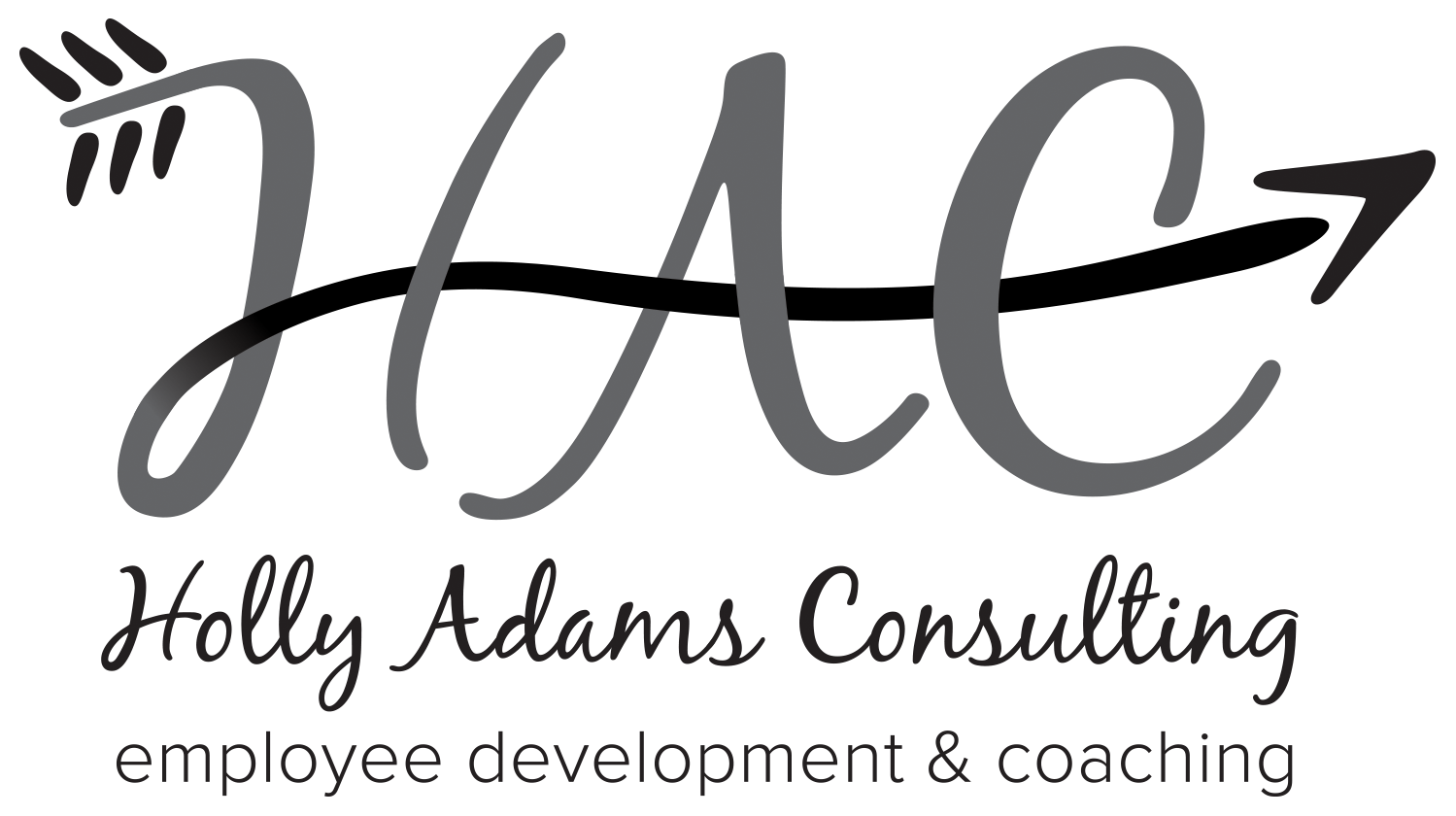I first heard the term “parking lot” several years ago during a leadership development session. The company I was working for at the time would hold one or two of these sessions a year so that leaders could take a step back from their day-to-day work. They would use the time to focus on their own development and for constructing strategic plans for the organization without the normal interruptions and without the typical productivity expectations.
About mid-morning, our discussion prompted a colleague to raise an important point that many thought was worth further discussion. However, the skillful facilitator asked that we “park” the topic in the “parking lot” and discuss it at the end of the day (if we had time remaining) or at a follow-up meeting. The facilitator acknowledged the importance (and relevance) of the idea, but also understood that it wasn’t an ideal time to broach the topic because it would suck valuable time and energy away from our work at hand. By putting the idea in the parking lot, the facilitator kept us on task and honored the pre-determined goals of the meeting, while also acknowledging the idea’s worth.
A recent discussion with a friend about workplace burnout reminded me of the parking lot. My friend and I were sharing examples of how some organizations continue to add to the workload of their employees without taking anything away; and how they fail to help employees prioritize tasks, which often results in burnout. Many people I know don’t feel comfortable asking what tasks they have the right to park in the parking lot, and many don’t want to appear to be pushing back or being lazy.
My friend and I shared examples from own personal and professional experiences of when we (in hindsight, of course) didn’t take immediate action because we were stuck in this place of feeling completely overwhelmed. We felt that we had an unsurmountable number of tasks, all with equal priority. Now, even though we may not always act on it, we understand that identifying priorities will likely help us identify things that are NOT priorities.
Like the example of the members in the leadership meeting, we all have a limited amount of time each day. When presented with a high volume of tasks, we need an efficient way to prioritize time and energy. The next time you feel of sense of dread at the amount of work you have to do, create a task list and then consider what items you can move to the parking lot. Not only will this process help define priorities, you’ll also create a list of items to consider in the future.
Need help defining priorities and considering what tasks might be best in your parking lot? Let’s chat!
-Holly



